
SS Oceanic was the White Star Line's first liner and first member of the Oceanic-class; she was an important turning point in passenger liner design. Entering service in 1871 for Atlantic crossings, she was later chartered to Occidental and Oriental Steamship Company (O&O) in 1875. The ship provided passenger service for O&O in the Pacific until 1895 when she was sold for scrap.
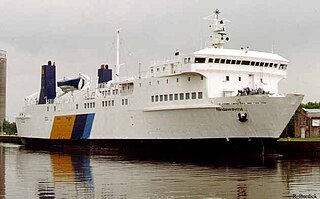
The MV Manx Viking / Nindawayma was a passenger, truck and car ferry, whose last active service was on Lake Huron, operated by the Owen Sound Transportation Company; under contract to the Ontario Ministry of Transportation. In Canadian service she served the Highway 6 route between Tobermory and South Baymouth, Manitoulin Island from 1989 to 1992 alongside the MS Chi-Cheemaun.

RMS Leinster was an Irish ship operated by the City of Dublin Steam Packet Company. She served as the Kingstown-Holyhead mailboat until she was torpedoed and sunk by the German submarine UB-123, which was under the command of Oberleutnant zur See Robert Ramm, on 10 October 1918, while bound for Holyhead. She sank just outside Dublin Bay at a point 4 nautical miles (7.4 km) east of the Kish light.

The City of Dublin Steam Packet Company was a shipping line established in 1823. It served cross-channel routes between Britain and Ireland for over a century. For 70 of those years it transported the mail. It was 'wound-up' by a select committee of the House of Lords in 1922 and finally liquidated in 1930.
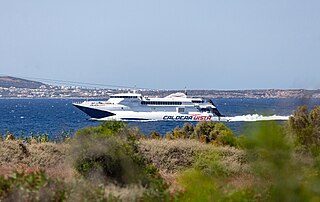
HSC Caldera Vista is an Incat-built high speed catamaran owned by Seajets. The vessel was the first fast craft to bear a Manx name. She was also the sixth Isle of Man Steam Packet Company vessel to bear the name Snaefell.

HSC Hellenic Highspeed is a high-speed craft owned by Hellenic Seaways, having previously being owned by Sea Containers.

The MDV 1200 class fast ferry is a class of six vessels built by Fincantieri in Italy. Four of these vessels were for Sea Containers, with the other two vessels being for Ocean Bridge Investments.
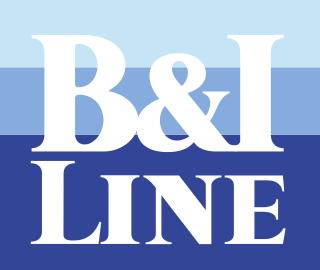
The British and Irish Steam Packet Company Limited was a steam packet and passenger ferry company operating between ports in Ireland and in Great Britain between 1836 and 1992. It was latterly popularly called the B&I, and branded as B&I Line.

SS Prinz Friedrich Wilhelm was an ocean liner for North German Lloyd (NDL) from her launch in 1907 until the end of World War I. After the war, she briefly served as USS Prinz Friedrich Wilhelm (ID-4063) for the United States Navy returning American troops from France. The vessel was first chartered—and later purchased outright—by Canadian Pacific Steamships (CP) and operated under the names Empress of China, Empress of India, Montlaurier, Monteith, and Montnairn. She was scrapped in 1929.
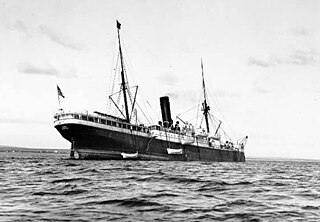
SS Ohio was an iron passenger-cargo steamship built by William Cramp & Sons in 1872. The second of a series of four Pennsylvania-class vessels, Ohio and her three sister ships—Pennsylvania, Indiana and Illinois—were the largest iron ships ever built in the United States at the time of their construction, and amongst the first to be fitted with compound steam engines. They were also the first ships to challenge British dominance of the transatlantic trade since the American Civil War.

The Great Western Railway's ships operated in connection with the company's trains to provide services to Ireland, the Channel Islands and France. Powers were granted by Act of Parliament for the Great Western Railway (GWR) to operate ships in 1871. The following year the company took over the ships operated by Ford and Jackson on the route between Wales and Ireland. Services were operated between Weymouth, the Channel Islands and France on the former Weymouth and Channel Islands Steam Packet Company routes. Smaller GWR vessels were also used as tenders at Plymouth and on ferry routes on the River Severn and River Dart. The railway also operated tugs and other craft at their docks in Wales and South West England.
The Bristol General Steam Navigation Company provided shipping services between Bristol and ports in southern Ireland, principally Cork from 1821 to 1980. There were also services to other destinations including ports in southern England, south Wales and France.
The Liverpool and North Wales Steamship Company (LNWSC) was a pleasure cruise company based in Liverpool.
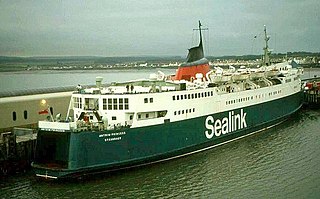
MV Tynwald was a roll-on-roll-off car and cargo vessel operated by the Isle of Man Steam Packet Company between 1986 and 1990, the sixth ship in the history of the line to bear the name. Built as Antrim Princess for service on the Stranraer–Larne route, she was chartered under her original name until 1986.

SS (RMS) Mona (III), the third ship of the Company to bear the name, was a steel paddle-steamer which was originally owned and operated by the London, Chatham and Dover Railway Company, who then sold her to the Liverpool and Douglas Steamship Company, from whose liquidators she was acquired by the Isle of Man Steam Packet Company in 1903.

MV Leinster was a passenger ferry operated across the Irish Sea between 1937 and 1966. She was renamed Ulster Prince to replace the 1929 motorship of that name, lost during WWII.

MV Munster was a passenger ferry operated by the British and Irish Steam Packet Company from 1938 to 1940. She was sunk by a mine during WWII.
MV Munster was built in 1968 and operated initially for the British and Irish Steam Packet Company. The c. 5000-ton ship had capacity for 1,000 passengers and 220 cars. The ship was also known as the Farah In and Tianpeng before being scrapped in 2002.
MV Leinster was launched in 1968 and operated initially for the British and Irish Steam Packet Company. The c. 5,000-ton ship as built had capacity for 1,200 passengers and 220 cars. The ship has also been known under several other names including Innisfallen, Ionian Sun, Chams and Merdif..
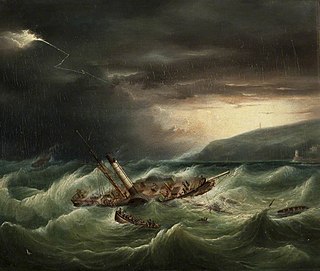
The first RMS St Patrick of the St. George Steam Packet Company was a wooden paddle steamer, launched by Mottershead & Hayes of Liverpool on 22 April 1822 for passenger service. The ship first served on the line's Dublin to Liverpool route, with a stopover in Bristol. The ship was sold in 1824 to Portuguese interests and renamed the ship Restaurador Lusitano, which operated on the Lisbon to Oporto route. Civil war broke out in 1828 and the vessel was chartered for service by the Absolutists in 1832. While sailing with troops and supplies, Restaurador Lusitano was severely damaged in a storm while attempting to aid another vessel in trouble. The damage was too much and Restaurador Lusitano sank on 11 September 1832.

















